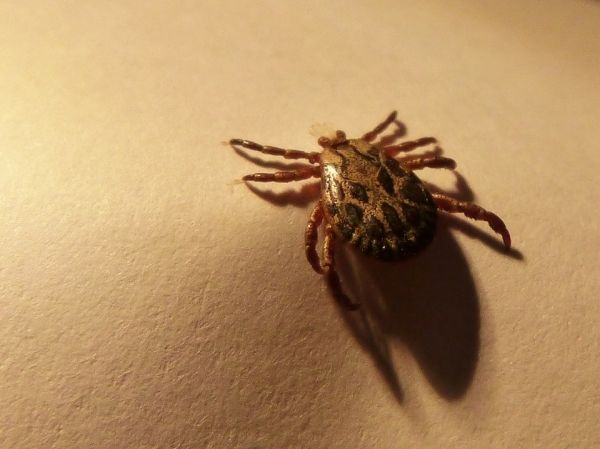When Rick Ostfeld gets bitten by a tick, he knows right away. After decades studying tick-borne diseases as an ecologist at the Cary Institute of Ecosystem Studies in Millbrook, New York, Ostfeld has been bitten more than 100 times, and his body now reacts to tick saliva with an intense burning sensation. He’s an exception. Most people don’t even notice that they’ve been bitten until after the pest has had time to suck up a blood meal and transfer any infections it has circulating in its spit.
Around the world, diseases spread by ticks are on the rise. Reported cases of Lyme, the most common US tick-borne illness, have quadrupled since the 1990s. Other life-threatening infections like anaplasmosis, babesiosis, and Rocky Mountain spotted fever are increasing in incidence even more quickly than Lyme. Meat allergies caused by tick bites have skyrocketed from a few dozen a decade ago to more than 5,000 in the US alone, according to experts. And new tick-borne pathogens are emerging at a troubling clip; since 2004, seven new viruses and bugs transmitted through tick bite have shown up in humans in the US.
Scientists don’t know exactly which combination of factors—shifting climate patterns, human sprawl, deforestation—is leading to more ticks in more places. But there’s no denying the recent population explosion, especially of the species that carries Lyme disease: the black-legged tick. “Whole new communities are being engulfed by this tick every year,” says Ostfeld. “And that means more people getting sick.”
Tick science, surveillance, and management efforts have so far not kept pace. But the country’s increasingly dire tick-borne disease burden has begun to galvanize a groundswell of research interest and funding.
Read more at Wired
Photo Credit: makamuki0 via Pixabay


